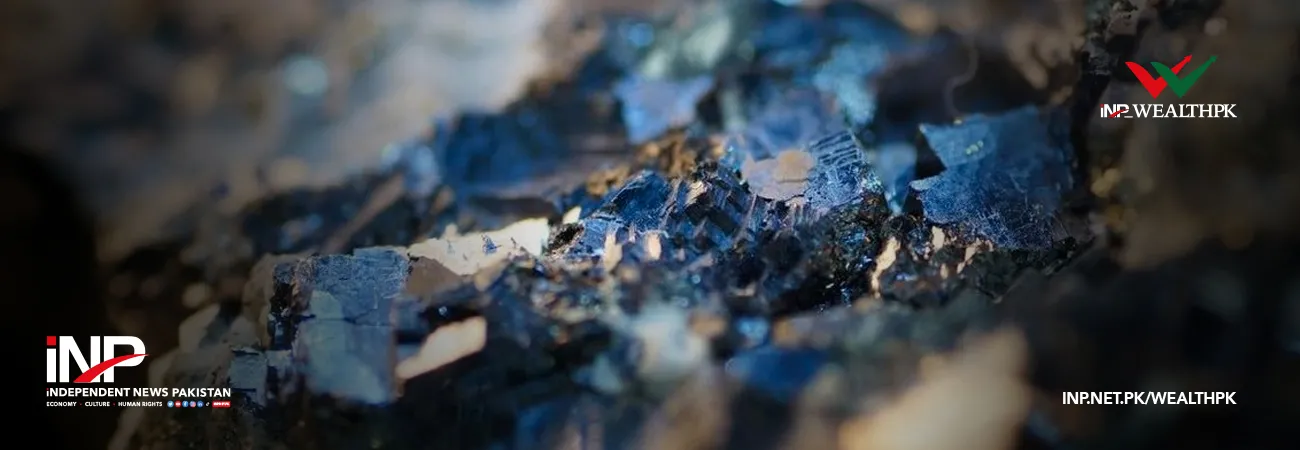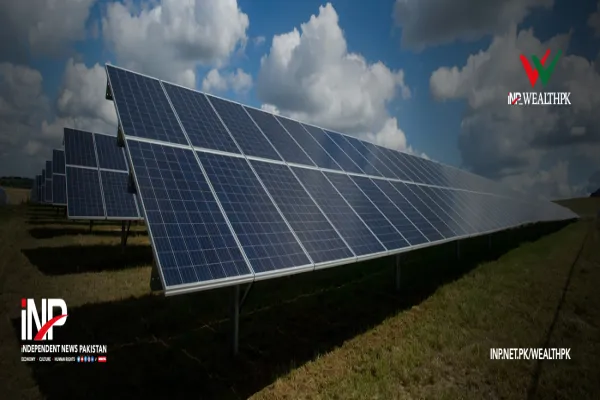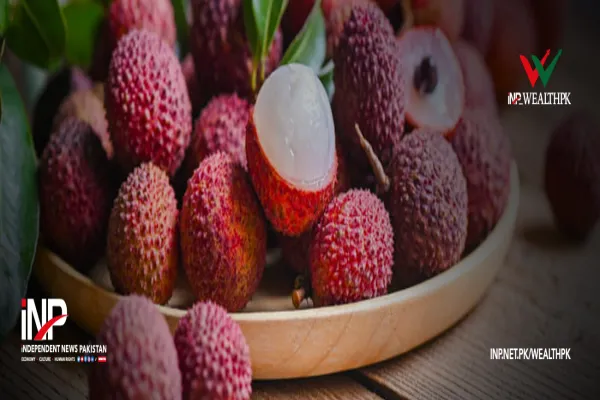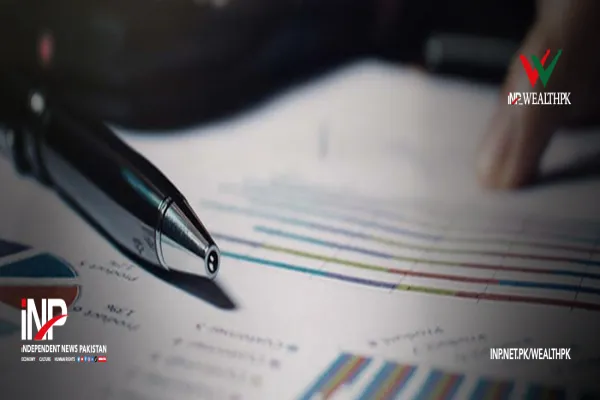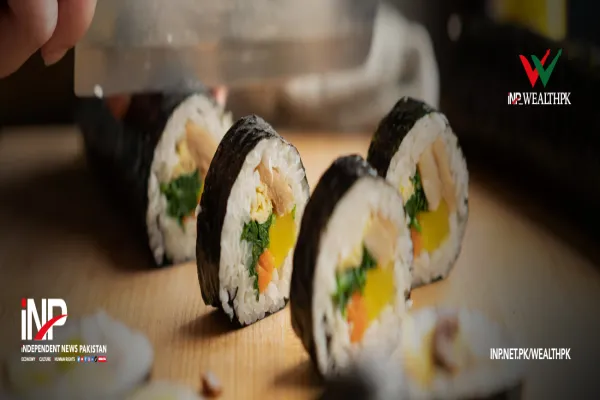i INP-WEALTHPK
Faiza Tehseen
Lack of investment, prevalence of conventional mining and extraction techniques, and regulatory hurdles are hindering the extraction of the mineral chevkinite to get precious metals from it.

Speaking to WealthPK, Muhammad Yaqub Shah, a geologist serving with an Islamabad-based mining company, said chevkinite was a rare earth accessory mineral, chemically rich in rare earth elements (REEs) like cerium, thorium and titanium. He said that the prices of these REEs stood at Rs10,000, Rs20,000 and Rs6,500 per kilogramme, respectively. “A very small sample piece of chevkinite bearing raw mineral is sold in the international market at approximately Rs450,000.” He said chevkinite deposits were found in different areas of Gilgit-Baltistan (GB), particularly in Haramosh and Diamer.
However, its illegal mining is depriving Pakistan of great economic benefits. “Illegal miners sell it at high rates in the international market in hand specimen.” Meanwhile, Abdul Bashir, chief geologist with a Balochistan-based mining company -- Koh-e-Daleel Mining Company Private Limited – said, “Chevkinite occurs in igneous and metamorphic paragenesis (a sequence in which the minerals are formed in an ore deposit). These rock sequences occur in Balochistan. The Ras Koh Mountain Range can be the prospective area for exploration.”
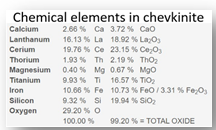
e said chevkinite was one of the dominant rare earth elements. “It is titano-silicate. It has around 2% of thorium, which makes it weekly radioactive. Its colour ranges from dark reddish brown to black, resinous to dull in lustre and opaque in nature. Chevkinite is composed of calcium, lanthanum, cerium, thorium, titanium, magnesium, iron, silicon and oxygen.” He said extraction of necessary elements from chevkinite was important for Pakistan as exporting them can help earn handsome foreign exchange. “New value chains can also be established through its exploration and processing.” Lanthanum is used in manufacturing of hybrid car batteries, cigarette lighter flints, studio lightings, carbon arc lighting for motion pictures, and lenses. It is used as an alloying agent for cast irons and steels.
It is also used in glass polishing and as a catalyst in petroleum refineries. The international lanthanum market is projected to grow to $1,881.59 million at a compound annual growth rate (CAGR) of 11.42% by the year 2029 from $1095.50 million in 2024. Global cerium market is expected to grow to $340.9 million at a CAGR of 3.8% by the year 2028 from $259.8 million in 2021. Cerium is used in a variety of industrial produce – pigments, flood lights, low-energy lights, and flat-screen TVs. It is used in arc lamp electrodes as a core for the carbon electrodes, gas lightening, incandescent metals, making permanent magnets, iron and aluminum alloys, and a precipitation hardening agent in stainless steel. Titanium is highly anti-corrosive and can withstand high temperatures without creeping and is widely used to manufacture strategic equipment, spacecrafts, aircrafts, naval ships, and armour plating.
The titanium market is expected to reach $30.22 billion at a CAGR of 6.5% by the year 2034 from $28.58 billion in 2024. Iron is used in steel manufacturing, civil engineering, infrastructure, metallic articles, mechanical equipment, household appliances, transportation, and electric equipment. The iron and steel market is projected to be worth $2.9 trillion at a CAGR of 4.0% by the year 2030 from $2.3 trillion in 2023. Silicon is extensively used in solid-state devices as a semi-conductor, micro-electronics, and computers.
Silicone is widely used in different industrial sectors – transportation, construction, healthcare sectors and is also a part of sealants and adhesives for marine vessels. The silicon market is expected to reach $10.7 billion at a CAGR of 5.1% by the year 2031 from $6.9 billion in 2023. Oxygen is used with fuel gases in gas welding, flame straightening, flame cleaning, flame hardening, oxygen scarfing, and gas cutting. It is also used for steel making, waste water treatment, mining, chemical oxidation, metal refining, and medical purposes. The global oxygen market is expected to be worth $62,719.7 million by the year 2027 at a CAGR of 12.2% from $34,887.7 million in 2022.
Credit: INP-WealthPk



